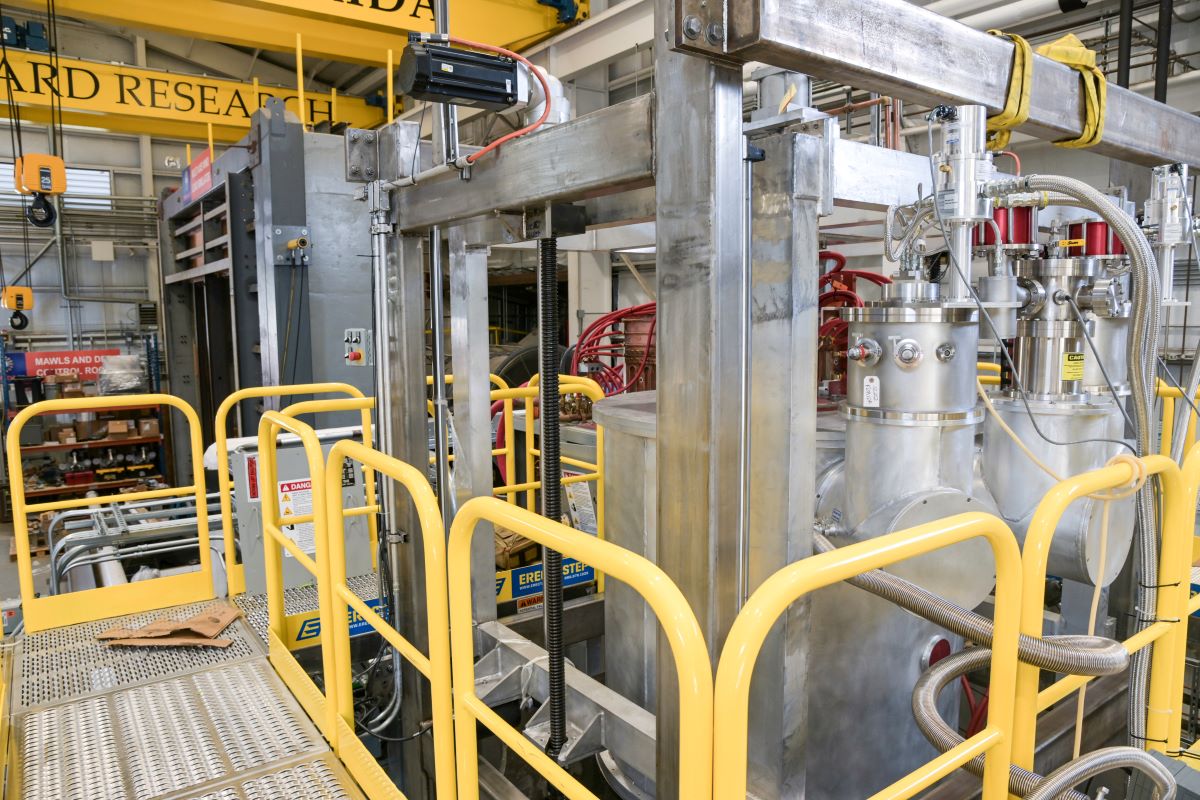Superconducting Magnet Innovation Could Revolutionize Metal Production
By Quantum Server Networks

Imagine a future where producing steel for infrastructure or aluminum for everyday products like soda cans requires only a fraction of today’s energy. Researchers at the University of Florida (UF) have taken a bold step toward this vision with the development of a first-of-its-kind superconducting magnet system. Backed by an $11 million federal grant from the U.S. Department of Energy (DOE), this breakthrough could redefine how metals are processed, manufactured, and deployed across industries.
The Birth of a Revolutionary Technology
The heart of the project is an advanced manufacturing method called Induction-Coupled Thermomagnetic Processing (ITMP). This process integrates high-static magnetic fields with high-temperature thermal processing to radically accelerate phase transformations in metals like steel and aluminum. Traditional heat treatments can take up to eight hours; with ITMP, the same results may be achieved in just a few minutes.
“This revolutionary technology has the potential to substantially reduce the cost and energy use of heat treatments in the steel industry,” noted Michael Tonks, Ph.D., interim chair of UF’s Materials Science and Engineering department, who now leads the national consortium behind this project.
How the Magnet Works
The custom-built superconducting magnet, working in tandem with a cylinder induction furnace, is unique in its ability to combine volumetric induction heating with high-intensity magnetic fields. This combination changes the driving forces for phase stability in metals, effectively accelerating atomic diffusion processes. In practical terms, atoms move and rearrange much faster, significantly shortening the treatment cycle.
UF materials science researcher Yang Yang, Ph.D., estimates that ITMP could reduce steel processing times by as much as 80%, cutting both energy use and operational costs. Unlike conventional furnaces powered by electricity or natural gas, the system leverages magnetically assisted heating, making it far more energy-efficient and sustainable.
Why It Matters
Steelmaking and metal alloy processing are among the most energy-intensive industrial activities on Earth. They contribute substantially to global carbon emissions, with steel production alone responsible for approximately 7–9% of worldwide CO₂ emissions. Any innovation that improves efficiency in this sector has enormous implications—not only for cost savings but also for global sustainability goals.
According to Oak Ridge National Laboratory (ORNL) collaborator Michael Kesler, Ph.D., UF’s prototype magnet offers an unprecedented balance of magnetic field strength and the ability to process large-diameter samples. This rare combination makes it a key experimental platform, potentially paving the way for large-scale industrial adoption.
Broader Impact and Future Outlook
The UF-led initiative is part of a broader $187 million DOE program aimed at strengthening U.S. manufacturing competitiveness. If widely adopted, ITMP could help secure a cleaner energy grid, reduce industrial carbon footprints, and ensure the U.S. remains a leader in materials science innovation.
Currently housed at the Powell Family Structures and Materials Laboratory on UF’s East Campus, the magnet is set for an official unveiling later this year. Industry and academic representatives will be invited to witness its capabilities, while students will gain hands-on research opportunities. UF researchers are optimistic that within the next 5–10 years, ITMP could be integrated into industrial-scale manufacturing facilities worldwide.
Context in the Global Materials Science Landscape
Superconducting magnets have already revolutionized fields such as particle physics and medical imaging (MRI). Extending their application to industrial manufacturing represents a paradigm shift. In the context of green steel initiatives in Europe and Asia, where hydrogen-based methods and carbon capture technologies are being explored, UF’s ITMP offers a complementary pathway: faster, cleaner, and more efficient heat treatment.
If successful, this technology could reduce energy demand for metallurgy, support the global transition to carbon-neutral manufacturing, and inspire further research into magnetically assisted material processing. It is a powerful reminder of how cross-disciplinary collaboration—combining physics, engineering, and advanced manufacturing—can reshape the way we build our world.
📖 Original source: University of Florida – UF develops superconducting magnet
*This article on Quantum Server Networks was prepared with the assistance of AI technologies.*
Sponsored by PWmat (Lonxun Quantum) – a pioneer in GPU-accelerated materials simulation software, empowering breakthroughs in quantum science, energy storage, and semiconductor research. Learn more about their cutting-edge solutions at: https://www.pwmat.com/en
📘 Explore PWmat’s PDF brochure to discover software features, success stories, and applications.
🎁 Want to try it? Request a free trial and get personalized support for your R&D projects.
📞 Phone: +86 400-618-6006
📧 Email: support@pwmat.com
#superconductingmagnets #materialsscience #greensteel #UFResearch #DOE #industrialinnovation #quantumservernetworks #advancedmanufacturing #metallurgy #sustainability

Comments
Post a Comment